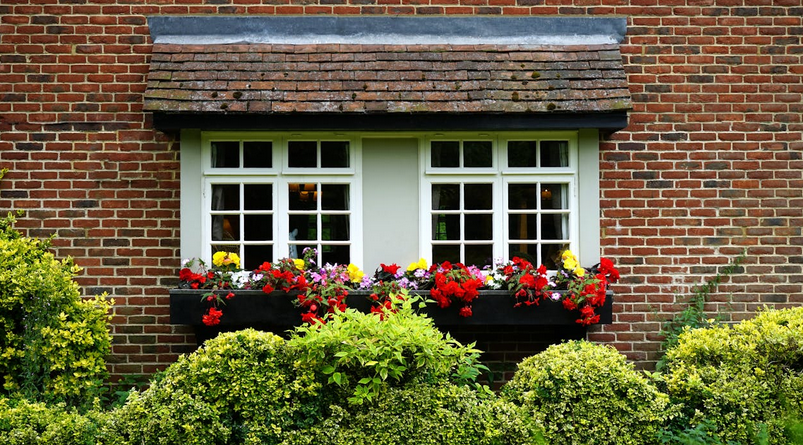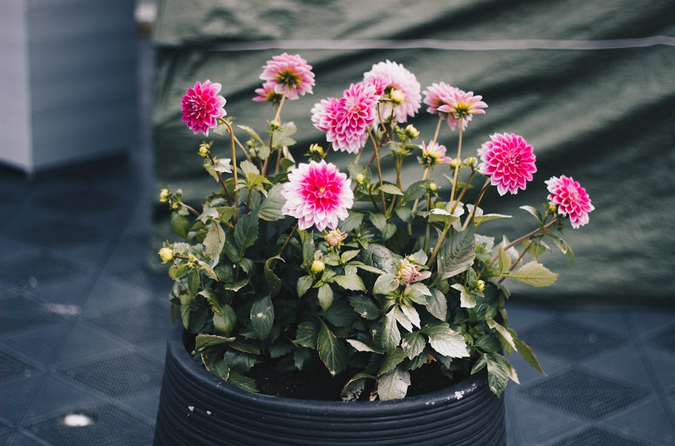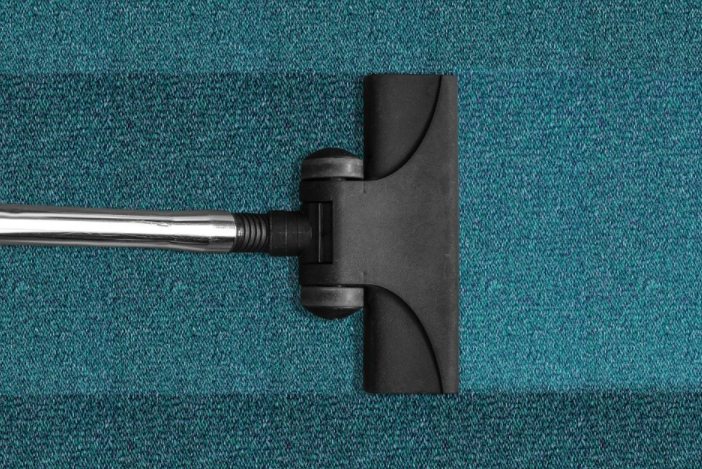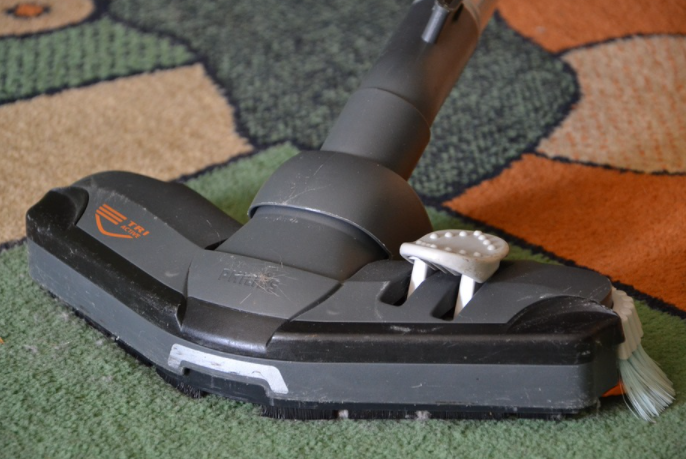Air pollution seems to be a growing problem in urban areas, and many people are looking for ways to reduce their carbon footprint. Indoor gardening is becoming an increasingly popular option as it provides a way to grow food and plants, even cannabis, without the need for outdoor space, chemicals, or even soil. It can also be a great way to get your green thumb on without leaving the comfort of your home. There are four main types of indoor gardening systems that can be used to create your own mini-garden paradise.
Hydroponic System
Involving no soil, a hydroponic system is the most tech-savvy of indoor gardening systems. It utilizes water mixed with a nutrient solution to provide all the necessary nutrients for your plants. The setup requires specific materials such as an enclosure for the reservoir and grow bed, air pump, tubing, nutrient solution, and lighting. This type of gardening is great for growing leafy greens and herbs but can also be used to grow fruits and vegetables in some cases.
Aeroponic System
Similar to the hydroponic system, an aeroponic system requires no soil and is based on a misting of nutrients directly onto the roots of the plants. It utilizes an enclosed environment with LED lighting and misting nozzles connected to a nutrient reservoir. This setup is best used for growing herbs, vegetables, and some fruits as it provides higher yields than hydroponic systems due to the more efficient delivery of nutrients directly to the roots.
Indoor Greenhouse
Did you know that you can build a mini-greenhouse inside your home? An indoor greenhouse is a perfect way to provide the necessary temperature and humidity control for a wide variety of plants. This type of setup requires some planning as you will need to determine if you have enough space, access to light and ventilation, and what kind of material should be used in the construction. Generally, an indoor greenhouse can be used to grow plants of all varieties, from flowers and vegetables to herbs and fruits.
Terrariums
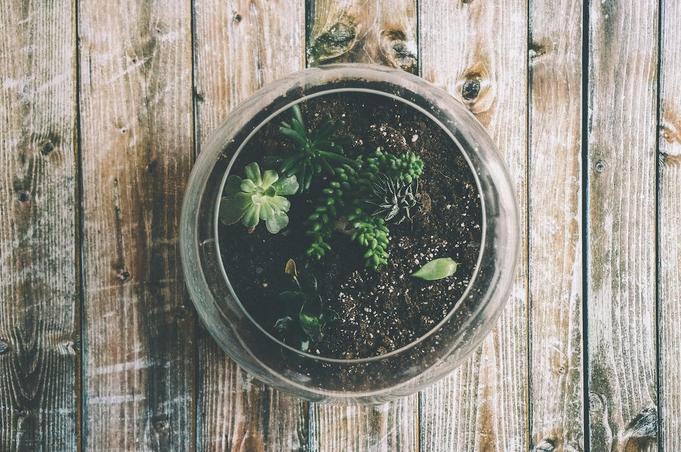 But what if you want a whole real forest in your home? Terrariums are the perfect way to create a lush and vibrant indoor miniature garden. You can build a terrarium with any type of material, such as glass, plastic, or wood, then add soil, plants, and some decorative elements for an eye-catching display that will bring life into your home. But keep in mind that terrariums require regular maintenance to keep them looking their best.
But what if you want a whole real forest in your home? Terrariums are the perfect way to create a lush and vibrant indoor miniature garden. You can build a terrarium with any type of material, such as glass, plastic, or wood, then add soil, plants, and some decorative elements for an eye-catching display that will bring life into your home. But keep in mind that terrariums require regular maintenance to keep them looking their best.
No matter which type of indoor gardening system you choose, do your research before getting started. Ensure that you have a clear understanding of the equipment requirements and environmental needs for each system, as well as how to care for your plants properly. With adequate preparation and patience, you can create a beautiful indoor garden that will bring life into your home.


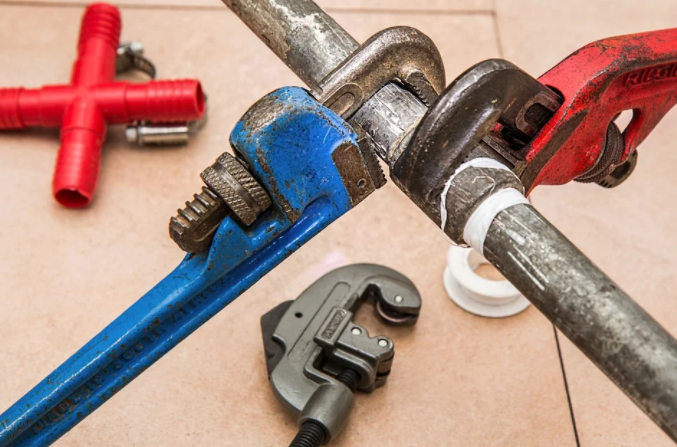
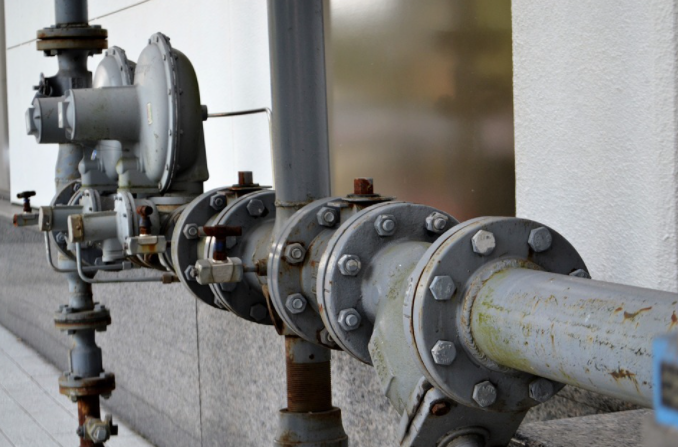
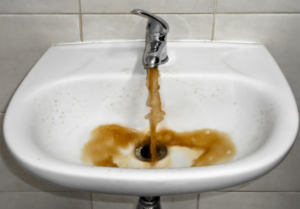 A clogged drain or pipe is a common problem that residents face daily. A clogged drain is an inconvenience and should be repaired immediately. A small blockage can slow the flow of water in pipes. Plumbers use a variety of tools and techniques to locate and remove clogs. If you have the right tools and knowledge, some problems, like a clogged sink, can be fixed without professional help.
A clogged drain or pipe is a common problem that residents face daily. A clogged drain is an inconvenience and should be repaired immediately. A small blockage can slow the flow of water in pipes. Plumbers use a variety of tools and techniques to locate and remove clogs. If you have the right tools and knowledge, some problems, like a clogged sink, can be fixed without professional help.
